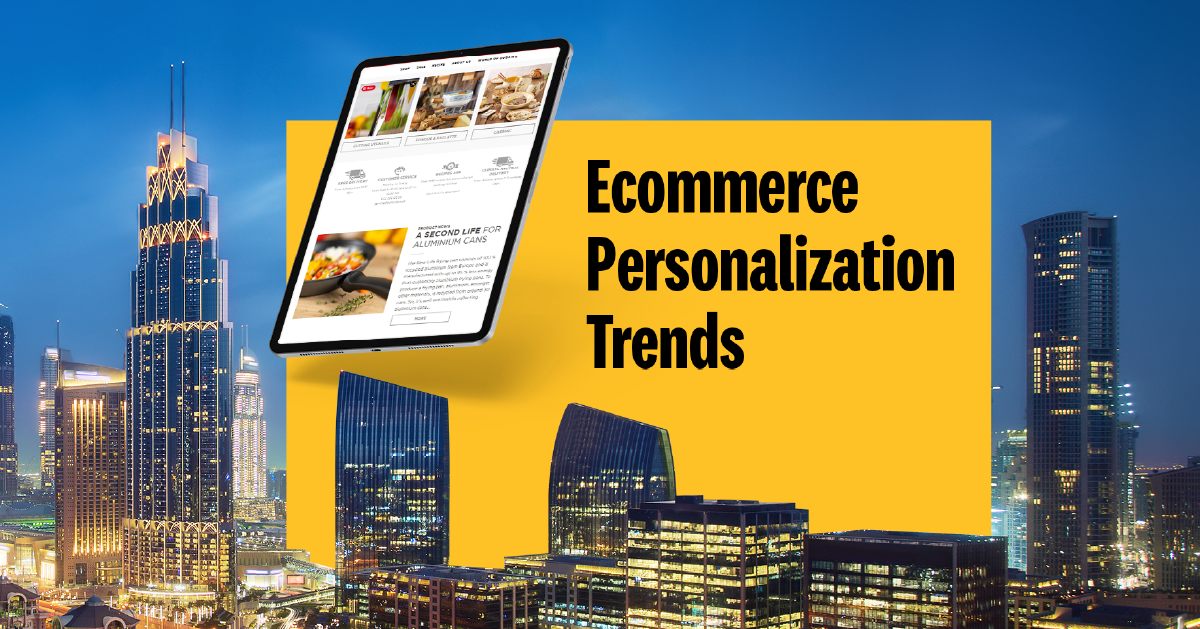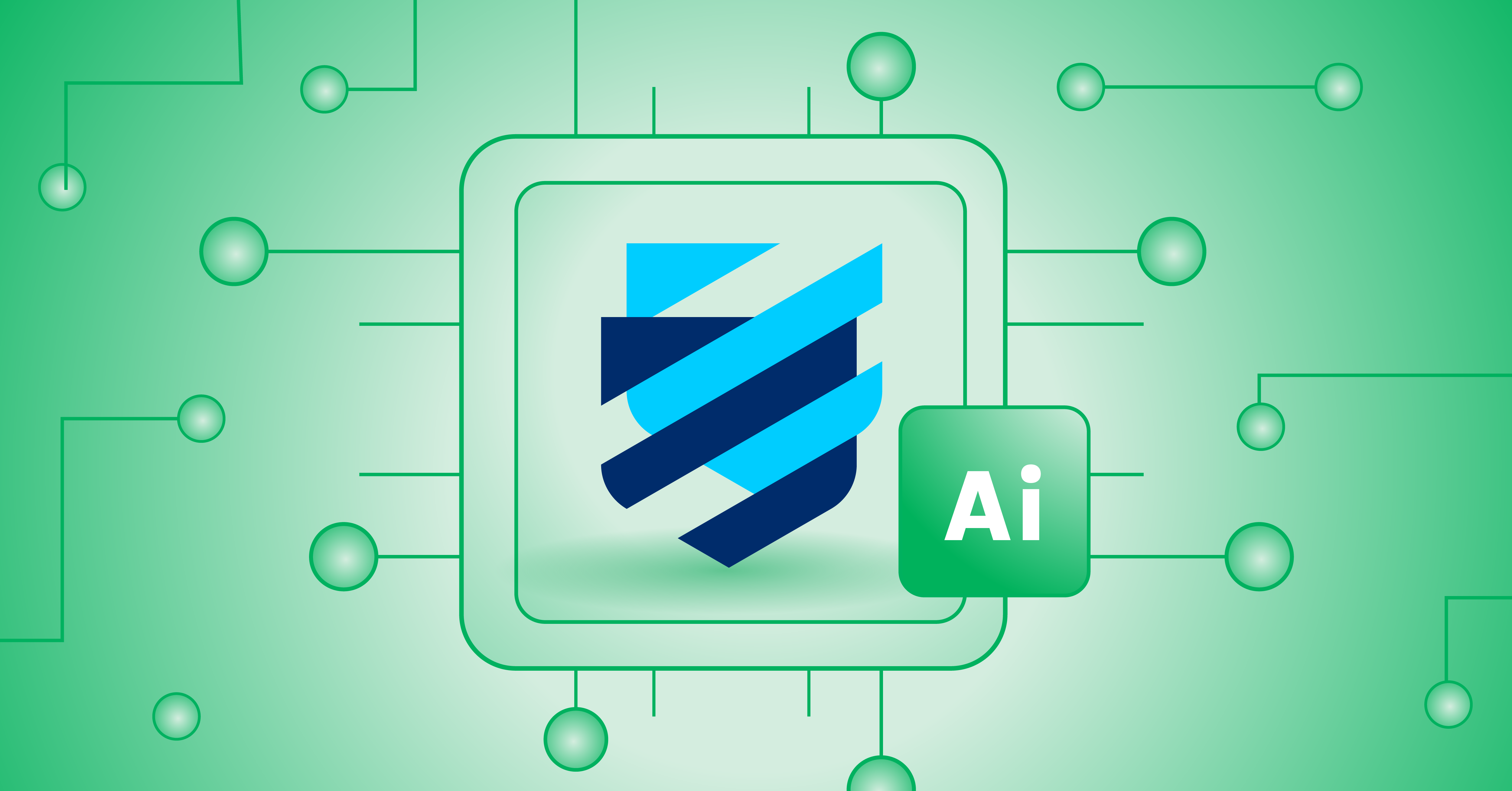- Juni 29, 2023
- 10 min
Ecommerce personalization trends
Magnolia in Aktion
Unser Expertenteam zeigt Ihnen live, was Magnolia für Sie leisten kann.
Jetzt Demo buchenFor many ecommerce businesses, getting started with online selling is a simple process. However, to guarantee success in an increasingly competitive market, simply having an online presence is not enough. It is crucial to stay on top of the most recent trends and develop a comprehensive marketing strategy that incorporates personalization efforts and utilizes first-party data.
As the global ecommerce growth rate is projected to reach 8.9% in 2023, businesses need to adapt and cater to the evolving preferences of their customer base. Latin America saw a 22.4% increase in ecommerce sales in 2022, while India's ecommerce market experienced 25.5% growth. Even the UK is expected to see a significant increase in sales within the next few years.
To effectively compete and outperform the competition, businesses must leverage personalization strategies to create a personalized shopping experience for each individual customer.
The role of personalization in ecommerce
Ecommerce personalization is a process for showing product recommendations and content to customers based on previous data collected. This includes data on user intent, browsing habits, previous purchases, demographics, and more.
Personalization is so important to ecommerce because it ensures customers are only given content that’s relevant to them. That’s why having access to the right personalization data is so crucial. Relevance is a touchy subject for many customers, as they love it when you provide it but hate it when you don’t. As a result, tailoring the customer experience by providing a personalized experience is essential. According to McKinsey, 78% of consumers are more likely to make repeat purchases from a brand that provided them with a personalized experience.

Trends driving ecommerce personalization
Given how vital personalization has become in ecommerce, companies need to be well aware of ongoing trends that are set to shape the future of how they do ecommerce personalization.
Headless personalization
Headless architecture has become a known component for effective content management and creating digital experiences. But simply managing content is no longer enough for many marketers. As a result, many brands will turn to headless CMS platforms to help them leverage headless personalization, and choosing a platform that fits is key.
It’s not enough that content gets delivered to various channels using APIs. If you want to support your customers along their journey, the content on these channels also needs to be personalized for each individual. Customers will still expect that when they log onto a website from their tablet or receive a notification on their mobile device from a retail store’s app, that it will contain information relevant to the previous times they interacted with the brand. Thanks to connections made via APIs, brands can create an omnichannel experience that seamlessly connects customers as they move across channels.
With headless personalization, it’s possible to provide customers with the things they need at every touchpoint throughout the customer journey and create variants that match specific audience traits.
Magnolia makes headless personalization easier than ever with its enhanced REST API, allowing developers to integrate personalized content seamlessly.
With Magnolia's headless personalization capabilities, developers can now consume clean, personalized content through the Delivery API, making it simple to implement personalization for any channel.
Third-party cookies workarounds
Marketers have used third-party cookies to track visitors to their websites and help them understand customer behavior. With this data, they’ve been able to provide targeted ads and content and customize messaging and campaigns to match how different audiences browse the web.
However, with an increasing focus on privacy, more customers using blockers, and refusing to provide third-party data, Google decided to phase out third-party cookies to improve the user experience. As something marketers have relied on for quite some time, not having access to the data provided by third-party cookies means that marketers will need to find alternative ways to deliver personalized experiences.
Marketers can find ways to work around this issue by using data gathered from existing channels to create a customer profile and understand individual preferences and interests. Contextual advertising, which provides specific advertisements on relevant sites, such as ads for kitchen utensils when browsing cooking sites, can also be used rather than randomized ads that might have appeared due to cookies.
With the help of a digital experience platform, you can create personalized customer experiences using relevant data that customers willingly submit while still respecting their privacy decisions.
Magnolia, a composable DXP, offers a hybrid headless approach that enables marketers to publish content across various devices and seamlessly integrate with external tools through APIs and Connector Packs.
Using Magnolia, you can effectively implement and manage first-party cookies, exercise control over cookies while utilizing third-party services such as Google Analytics, and ensure adherence to GDPR regulations with the Cookies app and Privacy module.
Additionally, Magnolia's Google Analytics connector facilitates the seamless integration of Google Analytics 4 with Magnolia for development teams, while providing marketing teams with user-friendly charts and visual indicators.
With Magnolia, brands can gain an edge in delivering personalized experiences and harnessing the power of analytics, thereby enhancing their retail experience, addressing privacy concerns, strengthening their relationship with customers, boosting revenue, and offering a wide range of capabilities.
AI-driven personalization
Brands have already been using artificial intelligence to help them sort through customer data. However, you will now be able to leverage that data with the help of AI to create personalized recommendations for shoppers. Product recommendations based on previous browsing history, popular items in their area and items currently being browsed by others will be recommended to shoppers.
With AI assisting the process, marketers can shift their attention to creating experiences that match specific customer profiles, and then those experiences can be automatically delivered to the appropriate audience.
Magnolia's AI-driven content creation capabilities are based on integrating with the latest generative AI solutions for copy, images, and more. For example, with the DALL-E API — an AI that can generate images from textual descriptions — editors can scale up their personalization efforts for campaigns or other rich visual experiences
This gives marketers and developers a powerful tool to create highly personalized and engaging digital experiences for website visitors. By using AI to generate images and deliver highly personalized content and recommendations, Magnolia is able to deliver a more engaging and relevant experience to users, driving conversions and increasing engagement.
Image recognition personalization
Images are some of the most frequently used digital assets in the world of ecommerce, and image recognition will become an even more important element of ecommerce personalization. As image recognition software is used to identify specific colors and patterns when customers are browsing, they can be used to enhance the customer journey.
For businesses, that means they can use image recognition to deliver unique experiences and provide customers with the option to shop their catalogs while browsing on social media and easily add them to the shopping cart without toggling through various channels.
Personalized pricing
Another ecommerce personalization trend that will likely see increased usage is personalized pricing. With this pricing model, each visitor to a website will be given a specific price that matches their customer data. For example, users in separate geographic regions could be given different prices that better fit the typical cost of items in their area. Alternatively, customers who frequently shop with a particular brand could be given a lower price as an incentive and reward for their customer loyalty.
Edge-side personalization
Edge-side personalization, a crucial personalization technique, utilizes personalization tools to deliver personalized experiences to online shoppers in real-time and closer to the user. This technique requires businesses to employ edge computing infrastructure, ensuring customer data is not sent to a central location.
To effectively implement personalization, leveraging a content delivery network (CDN) with edge computing capabilities or strategically placing edge servers and microservices throughout the network is recommended. These nodes have advanced machine learning and data analytics capabilities, enabling real-time analysis of customer behavior, preferences, and context.
By following this approach, businesses can enhance customer engagement and build strong customer relationships by providing tailored content and experiences. However, it is essential to establish architectural principles focused on minimal latency, consistent performance, scalability, cost-effectiveness, and security to achieve personalization at scale.
Why enterprises should embrace ecommerce personalization (benefits of personalization in ecommerce)
There are a number of reasons why your brand should consider ecommerce personalization and try to capitalize on the latest trends. Here are some of those benefits:
Increased lead generation
Personalization can help your brand generate leads that might otherwise have been lost in the sales funnel. Through personalization, it is possible to target only those potential shoppers who are likely to be converted into paying customers. You can also leverage personalization to create better messaging that is more valuable to your target group and guide them to the next stage of the customer journey rather than have them get lost along the way.
Greater revenue
We mentioned how much buyers love receiving personalized content. Well, in ecommerce, that means that customers are likely to purchase more products, be converted more easily, and potentially come back again to purchase from you. All of that results in increased revenue generated for your brand.
Increased customer retention
Attracting new customers can sometimes be challenging, but you can find ways to retain the customers you already have through personalization. When you provide personalized experiences for your customers that showcase how much you value them, you can increase the likelihood that they will come back to purchase from you again.
Improved customer experience
Arguably the most significant benefit of personalization, particularly in ecommerce, is the improved customer experience. If customers receive a personalized email in their inbox from your brand that guides them to the exact offer they are looking for, they don’t need to waste time browsing. Suppose the next time they visit your website they’re immediately sent to a landing page that showcases the products they are accustomed to buying. In that case, they are likely to complete their purchase much faster than if they had to remember the product they purchased the last time.
The benefits of personalization in ecommerce for B2B companies are potentially even more valuable. As a result brands need to also embrace B2B ecommerce personalization trends. For example, personalized pricing based on location or how long the company has been a customer.
Ecommerce personalization with Magnolia
For brands looking for the right tools to help them get the most out of ecommerce personalization, Magnolia provides a digital experience platform that’s up to the task. Marketers can create digital experiences catered to a specific customer profile without coding or switching between screens.
With Magnolia, you can create better customer experiences that help visitors find what they’re looking for exactly when they’re looking for it. And when they do find what they’re looking for, you can continue to provide them with personalized experiences that keep them engaged.
Segment visitors into different categories and personalize the experience for each group based on the world around them, as well as their unique preferences. You can leverage the data you gather from various channels to enhance the overall experience and convert more visitors into buyers on your ecommerce store. Plus, there’s no need to worry about how you’ll juggle all of your digital channels and customer touchpoints.
As a headless CMS, Magnolia leverages its APIs to deliver headless personalization across every channel, allowing you to optimize the user experience, no matter where your customers are. Not to mention, features like A/Bn testing are available out of the box to help you create the optimal experience for each customer segment.
Learn more about how Magnolia can help you capitalize on the latest ecommerce personalization trends by watching our hands-on demo on personalization:









